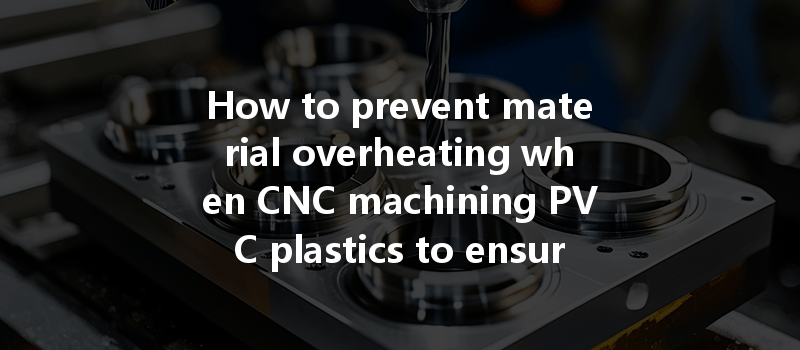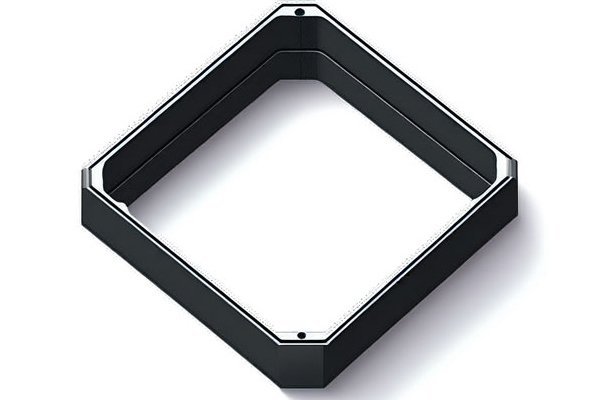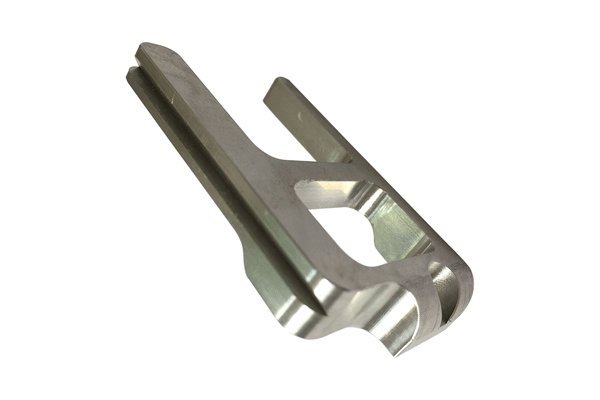*
Did you know that overheating is one of the leading causes of failures in CNC machining, especially when working with materials like PVC? This is not just a minor inconvenience—it can lead to significant quality issues, waste of materials, and increased production costs. As industries lean more towards precision and efficiency, understanding how to prevent material overheating during the CNC machining process has never been more critical.
In this comprehensive guide, we will explore the intricacies of CNC machining PVC plastics and the various strategies you can implement to ensure quality results while minimizing the risk of overheating. Whether you’re a seasoned machinist or a newcomer to CNC operations, this blog aims to equip you with actionable insights and practical solutions.
1.
Polyvinyl Chloride (PVC) is one of the most widely used synthetic plastic polymers, particularly in construction and manufacturing. It is valued for its durability, chemical resistance, and lightweight properties. However, PVC has a relatively low melting point (approximately 75°C or 167°F) compared to other materials, making it prone to overheating.
1.
Understanding these properties is essential for preventing overheating and ensuring high-quality machining results.
2.
One of the primary contributors to overheating is excessive cutting speed. When tooling moves too quickly against the material, friction generates heat, leading to potential melting or warping.
2.
Choosing the wrong cutting tools can also lead to overheating. Dull or inappropriate tools generate more friction, increasing the risk of overheating the material.
2.
Similarly, incorrect feed rates can lead to excessive friction and heat accumulation during machining.
2.
Inadequate cooling or lubrication can contribute to overheating. Filtration systems can trap heat, while lack of coolant can prevent heat dissipation.
2.
Ambient temperature and humidity can influence thermal conductivity and affect the machining process.
By understanding these factors, machinists can take proactive steps to prevent overheating.
3.

3.
3.
3.
3.
4.
Conduct regular tests to determine the machining parameters that yield the best results. Document changes and outcomes, allowing for continuous improvement in processes.
4.
After machining, perform visual inspections for any signs of warping or residue. Adjust your machining parameters accordingly if issues arise.
5.
Invest in training sessions for your machining team focused on the importance of temperature control, the specifics of working with PVC, and best practices for optimization.
5.
Establish a culture where machinists can provide feedback on the production process. Regular discussions can lead to improved techniques and shared knowledge on best practices.
*
In conclusion, preventing material overheating when CNC machining PVC plastics is a critical factor in ensuring high-quality results and operational efficiency. By understanding the properties of PVC, identifying the causes of overheating, and implementing specific strategies across cutting speed, tooling selection, coolant applications, environmental conditions, and a strong focus on team education, you’ll be better equipped for successful machining projects.
The importance of this blog transcends mere technical knowledge; it emphasizes a proactive approach towards quality assurance in CNC machining. By maintaining low temperatures and ensuring optimal conditions for machining PVC, you pave the way for high-quality outputs, reduced waste, and ultimately, more satisfied customers. As technology advances, staying informed on these practices will not only enhance your machining capabilities but will also keep your operations competitive in a demanding marketplace.



